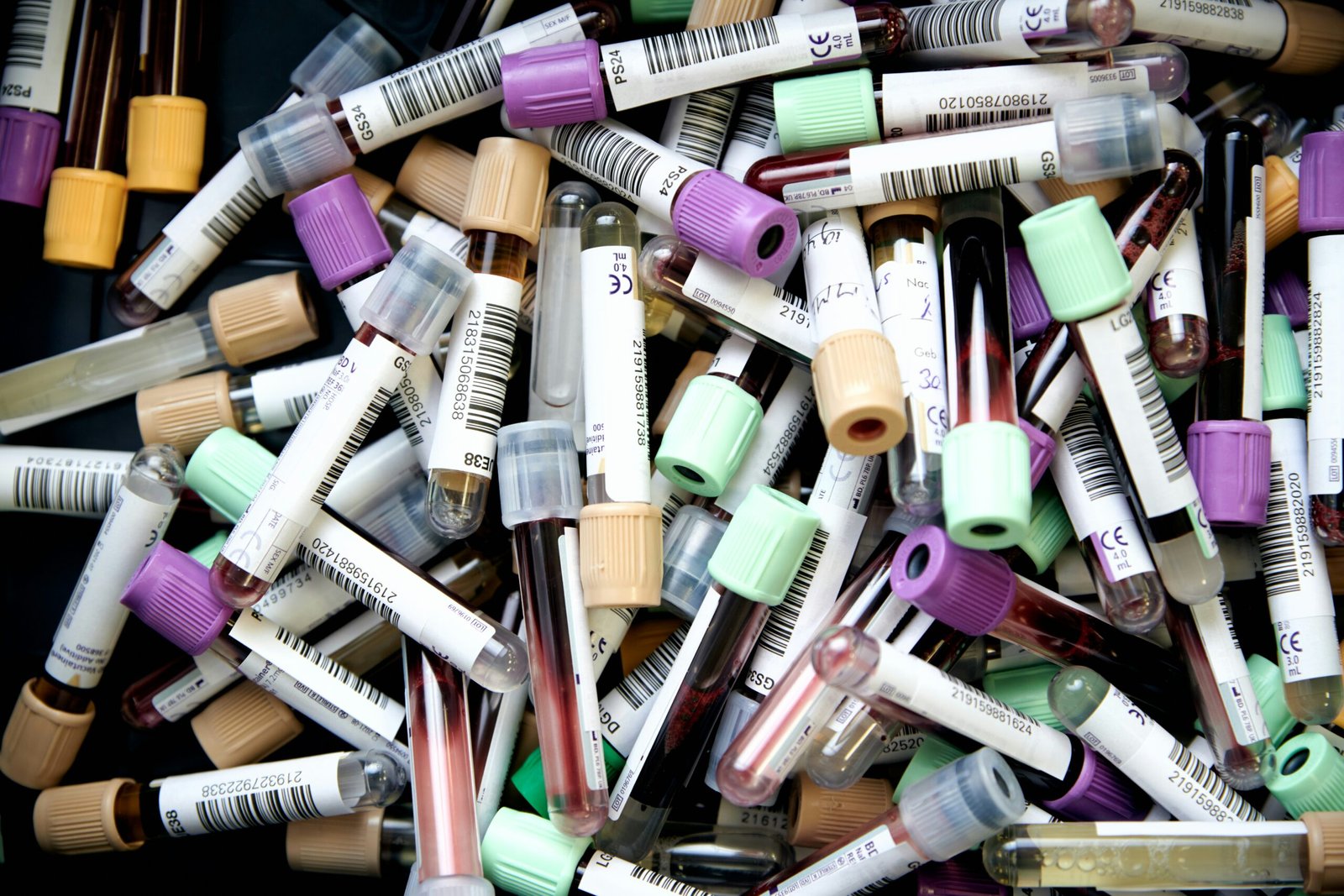1937: The Birth of the First American Hospital Blood Bank
On March 15, 1937, a groundbreaking event took place at Cook County Hospital in Chicago, Illinois. It was on this day that the first American blood bank in a hospital was opened, marking a significant advancement in medical science and forever changing the landscape of healthcare.
The establishment of the first American hospital blood bank was a monumental achievement that revolutionized the way surgeries and medical emergencies were handled. Prior to this breakthrough, the availability of blood for transfusion was a constant challenge, often leading to dire consequences for patients in need.
The Need for a Blood Bank
Before the advent of blood banks, blood transfusions were a risky and complicated procedure. Finding a suitable donor at short notice was a daunting task, and there was always the risk of transfusion reactions or the transmission of diseases. The lack of a reliable and readily available blood supply hindered medical progress and posed a significant threat to patients’ lives.
Recognizing this critical need, Dr. Bernard Fantus, the director of therapeutics at Cook County Hospital, spearheaded the establishment of the first American hospital blood bank. Dr. Fantus believed that by collecting and storing blood in advance, it could be readily available for transfusion whenever needed, eliminating the time-consuming and often futile search for donors.
A Landmark Achievement in Medical Science
The opening of the first American hospital blood bank on March 15, 1937, was a momentous occasion. It marked the beginning of a new era in medical treatment and emergency care. With the ability to store blood and perform transfusions on-site, hospitals gained a powerful tool to save lives and improve patient outcomes.
The blood bank at Cook County Hospital was a state-of-the-art facility for its time. It was equipped with refrigeration units to preserve blood, ensuring its viability for transfusion. The staff were trained in proper blood typing and cross-matching techniques, minimizing the risk of transfusion reactions and increasing the success rate of transfusions.
The impact of the first American hospital blood bank cannot be overstated. It allowed for the safe storage and transfusion of blood, providing a lifeline for patients in critical condition. The ability to transfuse blood saved countless lives and transformed the field of medicine.
A Legacy of Lifesaving
The establishment of the first American hospital blood bank paved the way for further advancements in the field of transfusion medicine. As the concept gained recognition and acceptance, blood banks began to emerge in hospitals across the country, ensuring a steady supply of blood for patients in need.
Today, blood banks are an integral part of healthcare systems worldwide. They play a vital role in supporting medical procedures, emergency care, and the treatment of various conditions. The legacy of the first American hospital blood bank lives on, reminding us of the power of innovation and collaboration in advancing medical science.
Conclusion
The opening of the first American hospital blood bank in 1937 was a watershed moment in medical history. It introduced a new era of medical treatment, enabling safe blood transfusions and saving countless lives. This groundbreaking achievement at Cook County Hospital in Chicago, Illinois, set the stage for the establishment of blood banks in hospitals across the country, ensuring a reliable and readily available blood supply for patients in need.
The first American hospital blood bank was a testament to human ingenuity and the relentless pursuit of medical progress. It serves as a reminder of the transformative power of scientific breakthroughs and the impact they can have on society.
For more information on the first American hospital blood bank and its significance in medical history, you can refer to the following external references:

